Nestled in the rugged beauty of Connemara, Ireland, Kylemore Abbey stands as a beacon of history, romance, and resilience. Once a dream castle built out of love and ambition, it now serves as a sanctuary of peace and a symbol of Irish heritage. With its stunning architecture, enchanting gardens, and storied past, Kylemore Abbey has captivated visitors for over a century, offering a glimpse into the lives of its colorful residents and the challenges they faced.
The Dream of Mitchell Henry
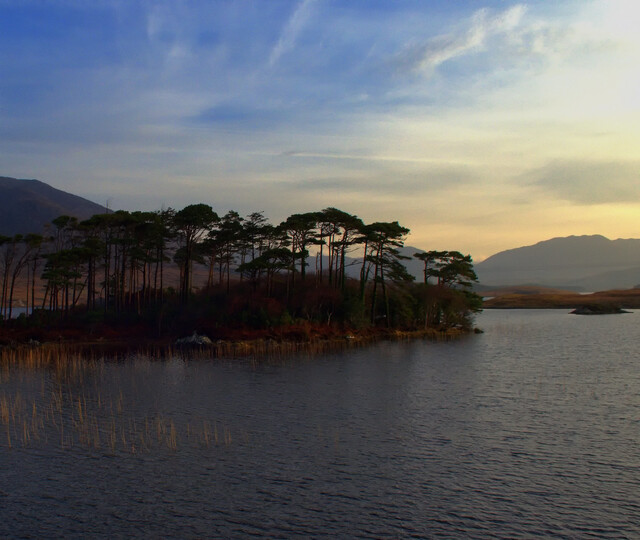
In 1871, Mitchell Henry, a wealthy financier and Member of Parliament, fulfilled a dream born during his honeymoon 16 years earlier. Standing with his wife Margaret on the shores of a shimmering lake in County Galway, the couple envisioned a fairytale castle that would reflect the beauty of the surrounding Connemara landscape.
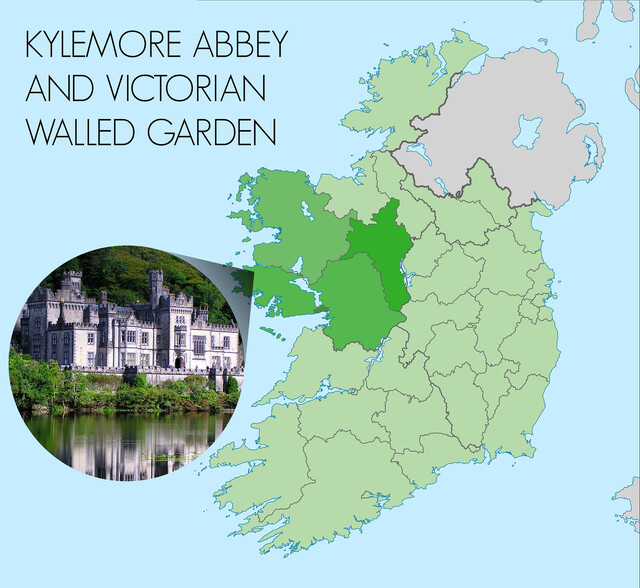
Henry spared no expense, using his inheritance from a successful cotton business to fund the construction. The castle, covering an impressive 40,000 square feet and featuring 70 rooms, was built using granite from Dalkey and limestone from Ballinasloe. One hundred men worked tirelessly for four years to complete the project, which cost £18,000 (equivalent to around $3 million today). The result was nothing short of breathtaking—a castle whose reflection in the lake seemed to echo the dreams of its creators.
The Henry Legacy: A Vision for the Community
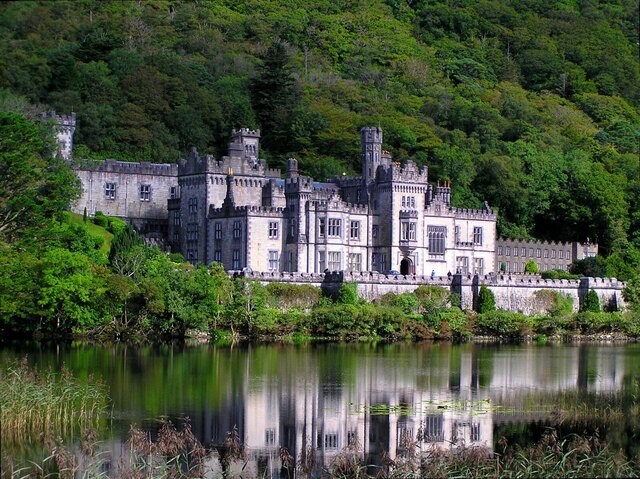
For Mitchell Henry, Kylemore Castle was more than just a grand residence; it was a symbol of progress and compassion. A former doctor turned entrepreneur and politician, Henry sought to uplift the local community, which was still reeling from the Great Irish Famine.
He transformed the surrounding marshlands into fertile farmland, creating the productive Kylemore Estate that provided jobs, shelter, and sustenance for the region. Henry also built schools and housing for workers, offering opportunities to families who had faced years of hardship.
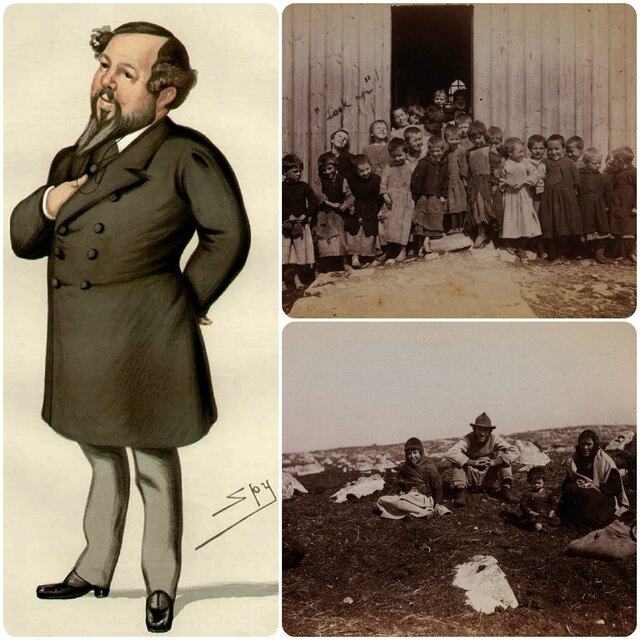
The estate’s centerpiece was the Victorian Walled Gardens, a marvel of engineering and beauty. These gardens featured 21 heated glasshouses and a 60-foot banana house, where exotic fruits and vegetables flourished in the often harsh Irish climate. The gardens were meticulously planned, with areas devoted to ornamental flowers, herbs, and productive crops. They became a source of pride for the estate and a symbol of what could be achieved with vision and dedication.
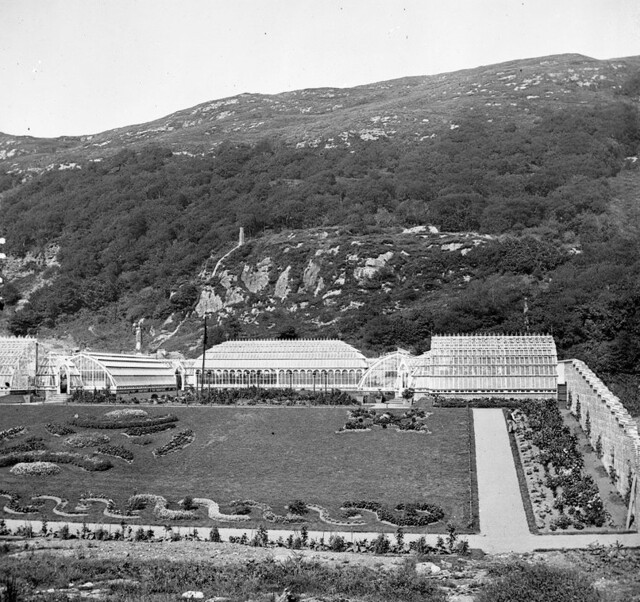
Tragedy Strikes: The Loss of Margaret Henry
The Henrys’ fairytale life took a heartbreaking turn in 1874, just three years after the completion of Kylemore Castle. While traveling in Egypt, Margaret contracted a fever and died suddenly, leaving Mitchell and their nine children devastated. Overwhelmed by grief, Mitchell built a neo-Gothic memorial church on the shores of the lake in Margaret’s honor.
The memorial church, constructed from Caen sandstone and adorned with green Connemara marble, is a scaled-down replica of Bristol Cathedral. Its intricate carvings and serene location make it one of the most visited parts of the estate. The church remains a poignant testament to Henry’s love for his wife and serves as her final resting place. Eventually, Mitchell Henry joined her there, ensuring that their love story would forever be intertwined with the beauty of Kylemore.
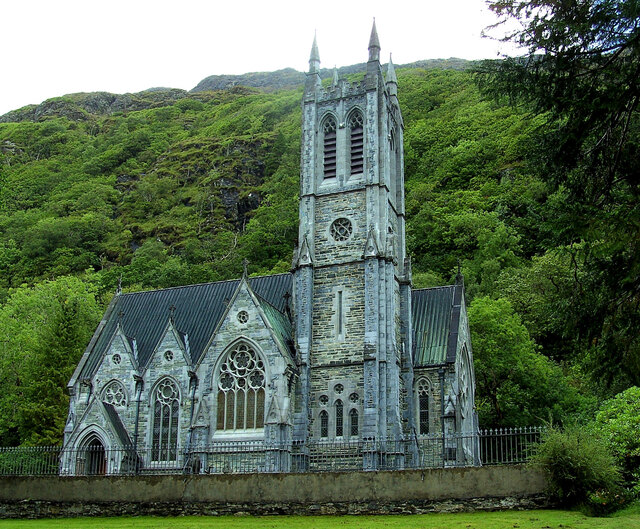
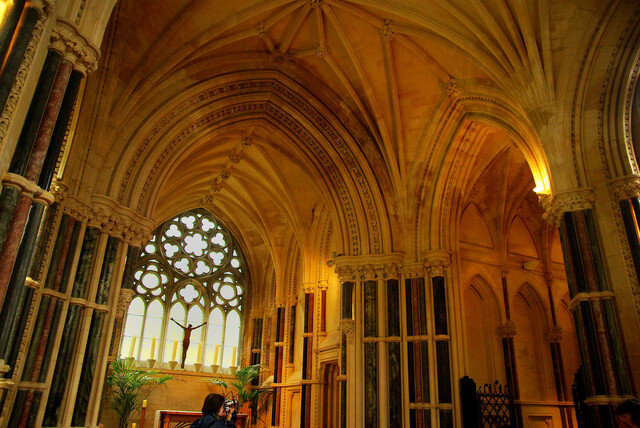
A Scandalous Chapter: The Duke and Duchess of Manchester
In 1903, Kylemore Castle entered a new and controversial chapter when Mitchell Henry sold the estate to William Angus Drogo Montague, the 9th Duke of Manchester. The Duke, known for his reckless spending and gambling, had drained his family fortune and was forced to marry Helena Zimmerman, an American heiress, to restore his finances.
The couple turned Kylemore into a venue for extravagant parties, much to the dismay of the locals. While the Duke traveled abroad, often as a paid guest of wealthy Americans like Randolph Hearst, the Duchess became notorious for speeding through the countryside in her Daimler motor car—a rare sight in early 1900s Ireland.
Stories persist that the Duke lost Kylemore in a late-night gambling session, but financial woes eventually forced the couple to sell the estate. This chapter in Kylemore’s history is a fascinating glimpse into the excesses of aristocratic life in the early 20th century.
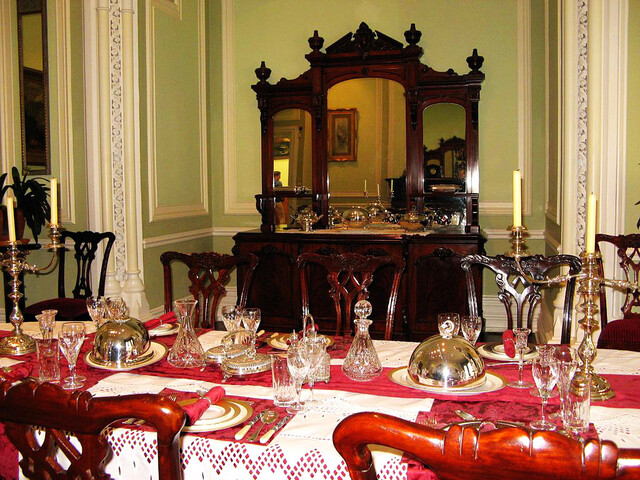
A New Era: Sanctuary for the Benedictine Nuns
The turmoil of World War I brought a new group of residents to Kylemore Castle. In 1920, a community of Benedictine nuns from Ypres, Belgium, fled the devastation of their hometown and sought refuge in the castle. Ypres, once a peaceful city known for its Valenciennes lace, had been reduced to rubble during the war.
The nuns converted Kylemore Castle into a working monastery, renaming it Kylemore Abbey. Over the years, they restored much of the estate, including the Victorian Walled Gardens and the neo-Gothic church, preserving the legacy of Mitchell Henry and ensuring that the Abbey remained a place of beauty, peace, and reflection.
The nuns also established a boarding school for girls, which operated until 2010, further cementing Kylemore’s reputation as a place of learning and sanctuary.
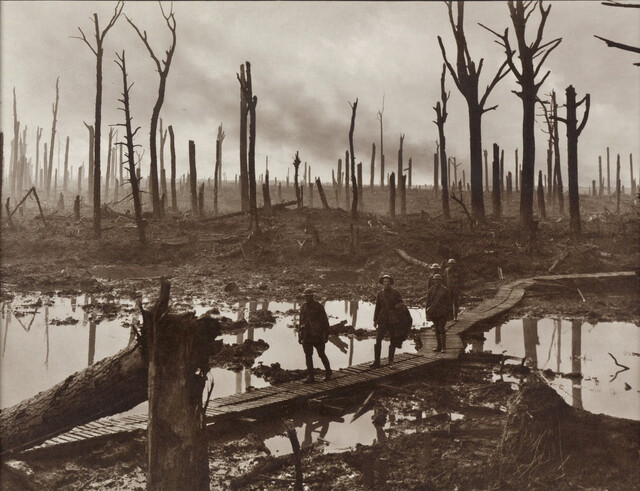


Exploring Kylemore Abbey Today
Today, Kylemore Abbey is one of Ireland’s most beloved landmarks, attracting visitors from around the world. The estate offers a variety of attractions, from the Victorian Gardens to the Abbey’s elegant interiors, which provide a glimpse into its storied past.
Visitors can stroll through the gardens, admire the tranquil beauty of the lake, and explore the Abbey’s exhibitions that detail its history. The guided tours offer fascinating insights into the lives of its former residents, while the on-site restaurant serves dishes made with produce grown on the estate.
The Abbey also hosts seasonal events, including Christmas markets and art exhibitions, ensuring that each visit feels unique and memorable.
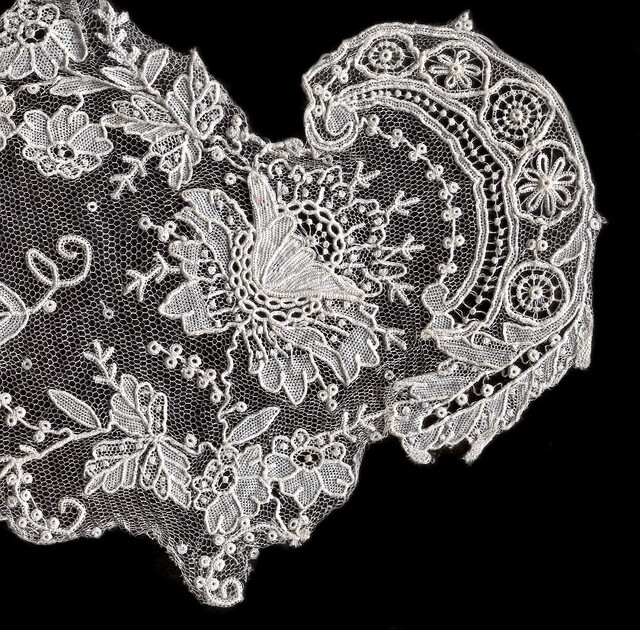
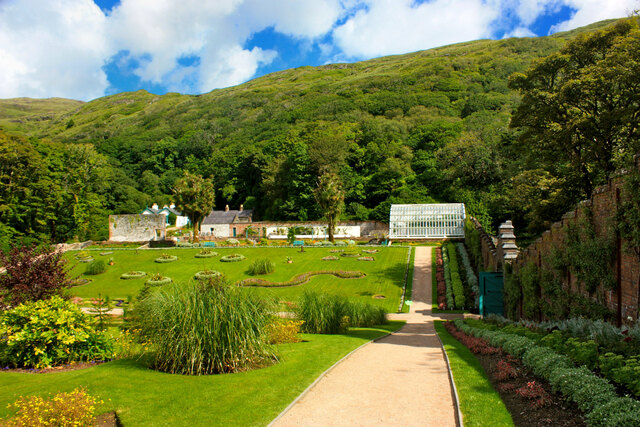
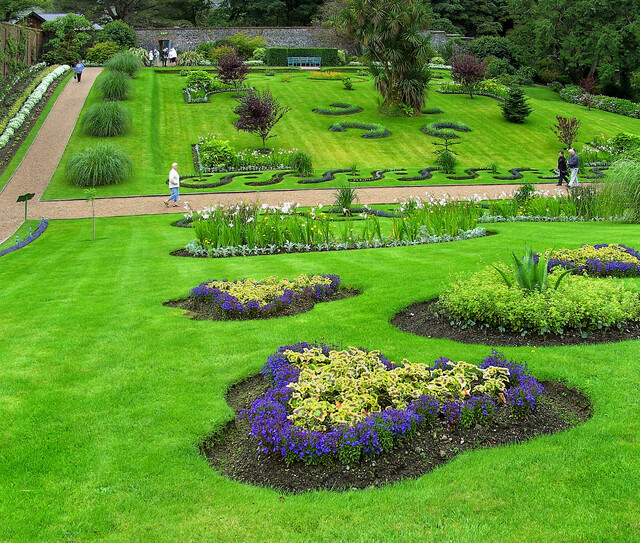
The Legacy of Kylemore Abbey
Kylemore Abbey’s story is one of resilience, love, and transformation. From Mitchell and Margaret Henry’s dream castle to its role as a sanctuary for war refugees, the Abbey has been a place of inspiration and hope for generations. Its combination of history, architecture, and natural beauty makes it a truly special destination.
Today, the Abbey continues to serve as a working monastery and a symbol of Irish heritage. The gardens, church, and estate are lovingly maintained by the Benedictine nuns and local artisans, ensuring that Kylemore’s legacy endures.
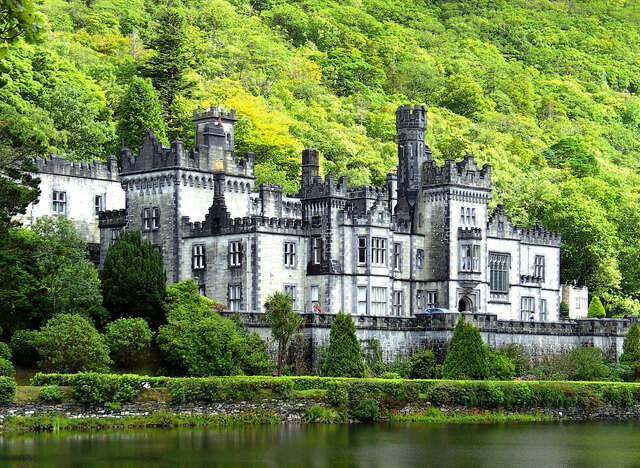
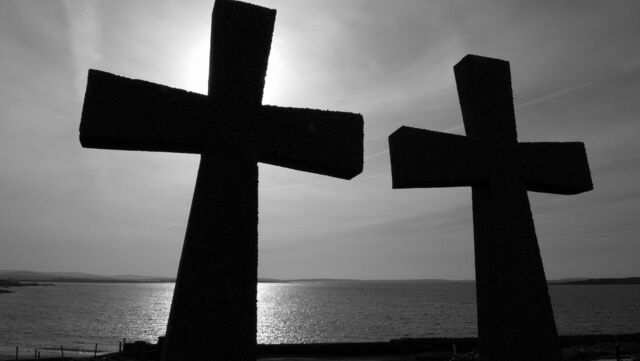
Conclusion: Why Kylemore Abbey Should Be on Your Bucket List
Kylemore Abbey is more than just a castle on a lake—it’s a journey through history, a celebration of love and resilience, and a living testament to Irish heritage. Whether you’re drawn by its stunning architecture, its serene gardens, or the compelling stories of its past residents, Kylemore Abbey promises an experience that will stay with you forever. Don’t miss the chance to step into this fairytale and make it a part of your own story.
